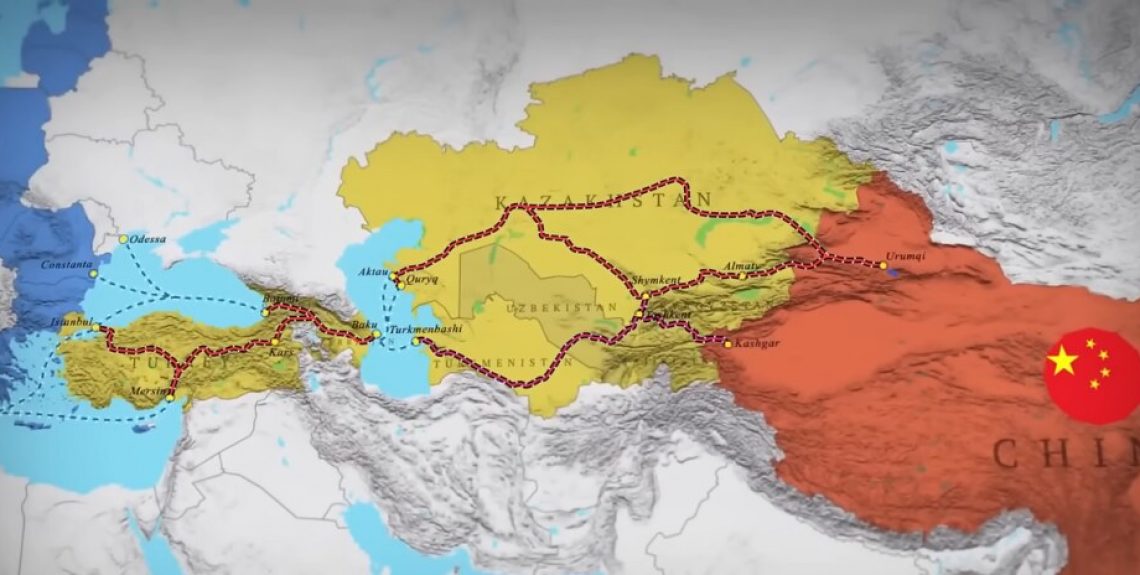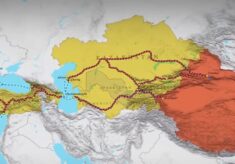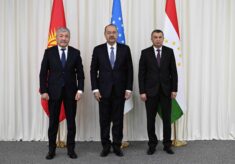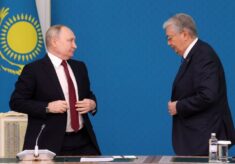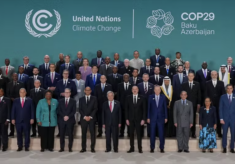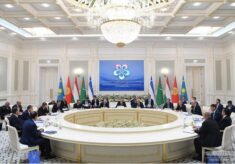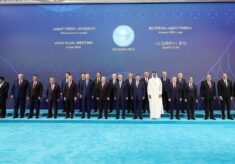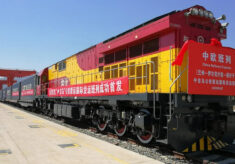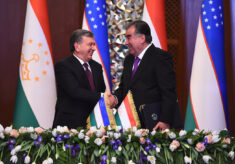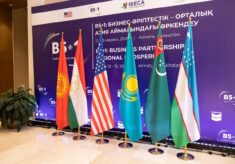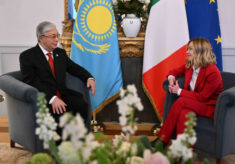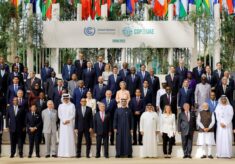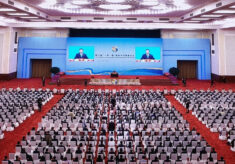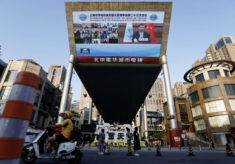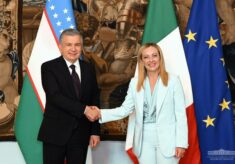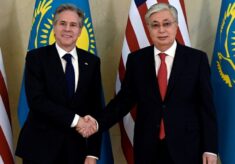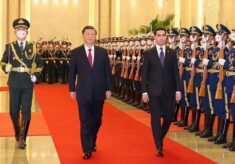Given its geographical condition as a double-landlocked nation – that is, the only nation in the world, together with Liechtenstein, to be surrounded by other nations that do not have access to the sea – Uzbekistan has always looked with interest at the opportunity of opening new trade routes that would allow it to access new markets, reducing its dependence on transit through trade routes under Russian control.
Uzbekistan’s contribution to the implementation of the Middle Corridor represents a key option for this Central Asian country to have access to other economic outlets as well as to enhance the regional connectivity and the promotion of a promising east-west trade corridor. The Middle Corridor is a multimodal trade corridor (combining land and sea routes) that carries on goods from Central Asia across the Caspian Sea, reaching European markets by land (on the Turkish-Caucasian route) or by sea (from Georgian ports).
At present this Trans-Caspian International Trade Route (TITR) exclusively relies on the Kazakh ports of Kuryk and Aktau along the Caspian Sea – linked to the Azerbaijani port of Baku – but also the Turkmen port of Turkmenbashi could play the strategic role of logistic hub: according to the Tashkent’s government perspective, an enhanced cooperation and dialogue with all involved countries will pave the way for the full implementation of the project. Furthermore, Tashkent has already tested the feasibility of this corridor: in 2022, a train loaded with Uzbek copper was sent along this route to the Bulgarian coast, shipping goods from the Georgian port of Poti in the Black Sea, while in December 2024 a container train transported 28 tons of goods through Turkmenistan, Azerbaijan and Georgia, goods that were then loaded onto ships to be shipped to Brazil (R. Cutler, How the Middle Corridor Is a Game-Changer for Uzbekistan, The Times of Central Asia, March 4, 2025).
The Trans-Caspian Corridor therefore guarantees to the Central Asian republic a very attractive accessibility to the international markets, with certain prospects of increasing economic revenues from exports. In January 2025, a presidential decree has established a five-year plan to modernize transport routes and reduce costs, pursuing greater efficiency in transport logistics in order to facilitate Tashkent’s involvement and trade through the Middle Corridor (Uzbekistan unveils plan to upgrade Middle Corridor trade, Eurasianet, January 15, 2025). At the end of the same month, Uzbek authorities attended a trilateral meeting in Ankara with Turkey and Azerbaijan, with the aim of attracting investment for the development of trade and transport routes within the Middle Corridor. To facilitate the transit of goods, Uzbekistan and Turkmenistan have recently reached an important free trade agreement (March 9), eliminating customs duties on certain categories of goods produced in their respective countries, so simplifying trade procedures (Uzbekistan and Turkmenistan establish free trade ties, Gazeta Uz, March 9, 2025).
Nevertheless. there are still some distortions that currently affect the full implementation of the project that need to be resolved: according to the EU-World Bank report, the Middle Corridor could carry goods from Asia to Europe in two weeks, but slow progress in harmonizing transit procedures among the involved nations could extend travel time to 40-60 days (European Commission, Study on sustainable transport connections with Central Asia, June 30, 2023). This factor also affects the cost per transported- container, which is still too high compared to the Northern Corridor that crosses Kazakhstan, the Russian Federation and Belarus before entering the European market through Poland, even if sinceFebruary 2022 the EU member states are engaged to decrease their dependence on this route.
The Middle Corridor represents for Uzbekistan a promising export corridor in the diversification strategy undertaken by Tashkent, which obviously also includes the creation of alternative corridors to the Trans-Caspian one, such as the one that crosses Afghanistan and Pakistan, aimed at opening maritime commercial outlets on the Indian Ocean.

